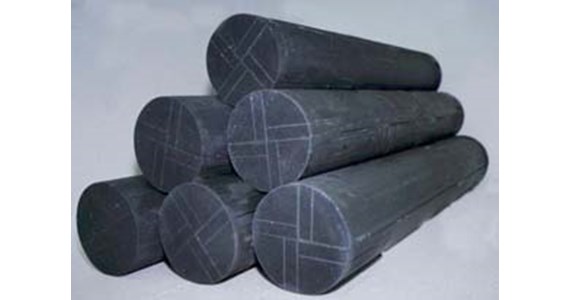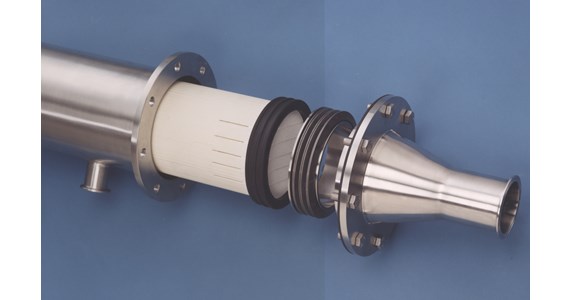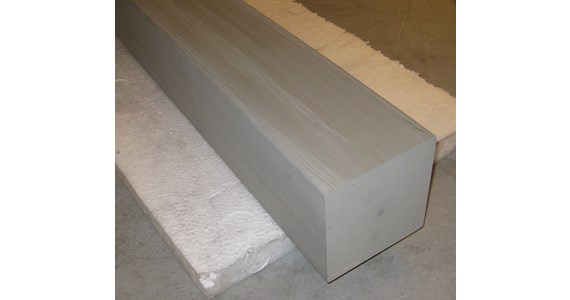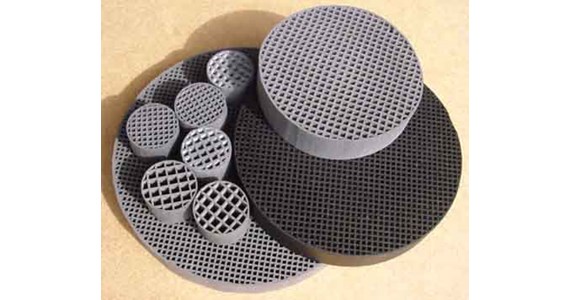NanoSponge project
The objective of the NanoSponge project was to develop a practical method for removal of organic contaminants at concentrations as low as one ppb (parts per billion). In a manner similar to that for organic polymers, nanoporous polymers offer flexibility in processing and can be fabricated into granular solids, powders and membranes.
To provide long lasting multi-layer membrane, consisting of an organic naosponge layer mechanically supported by either a porous ceramic carrier or porous polymeric hollow fibre carrier, including a new regeneration method for the inorganic/organic filter. The organic membrane that cover completely the porous surface of the carrier. To take advantage of the potential absorption at solid-water interfaces, which effectively removes highly toxic organic contaminants from water by forming inclusion complexes. As a result, organic molecules will be encapsulated within the nanosponge material and therefore water will be purified. International there is concerns about the sustainability of the world's groundwater sources traditionally used for human consumption which are driving the exploration of alternative sources such as surface water and even oceans.
Partners being:
- Per Stobbe at LiqTech A/S – www.liqtech.dk
- CTI - Ceramiques Techniques et Industrielles SA - www.ctisa.fr
- Techno Membranes
- TUC - Laboratory of Ceramics and Glass Technology, Technical University of Crete
- TNO - Institute of Industrial Technology
- AUth - Aristotle University of Thessaloniki - www.apt.cperi.certh.gr
- Demokritos - National Research Center for Scientific Research - NRCS
- IWGA-SIG - University of Agricultural Science
- LEIA - CARSA s.a. & AMVISA - Aguas Municipales de Vitoria S.A
Title: “Organic / Inorganic hybrid membranes based on novel molecular nanosponges for water purification”
NanoSponge research project sponsored by the EU commission under FP5 GROWTH 2000
Project period: September 2001 and 4 years ahead




